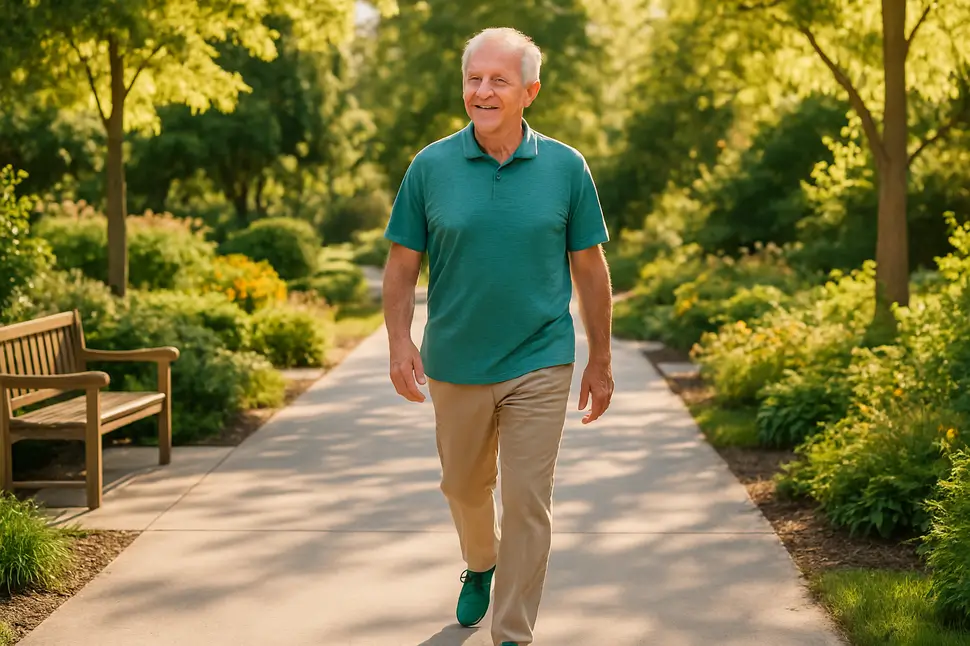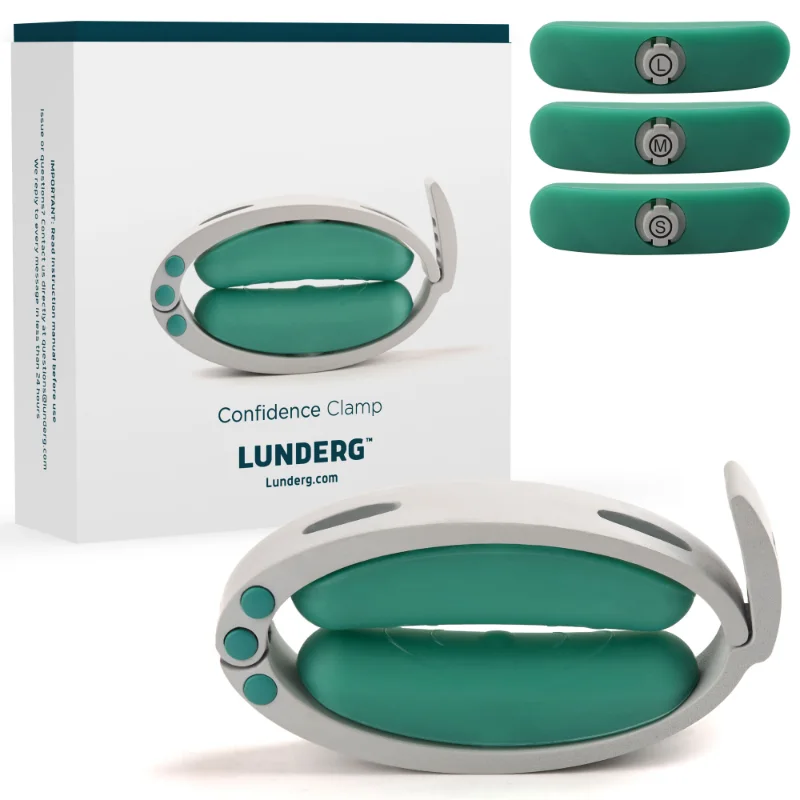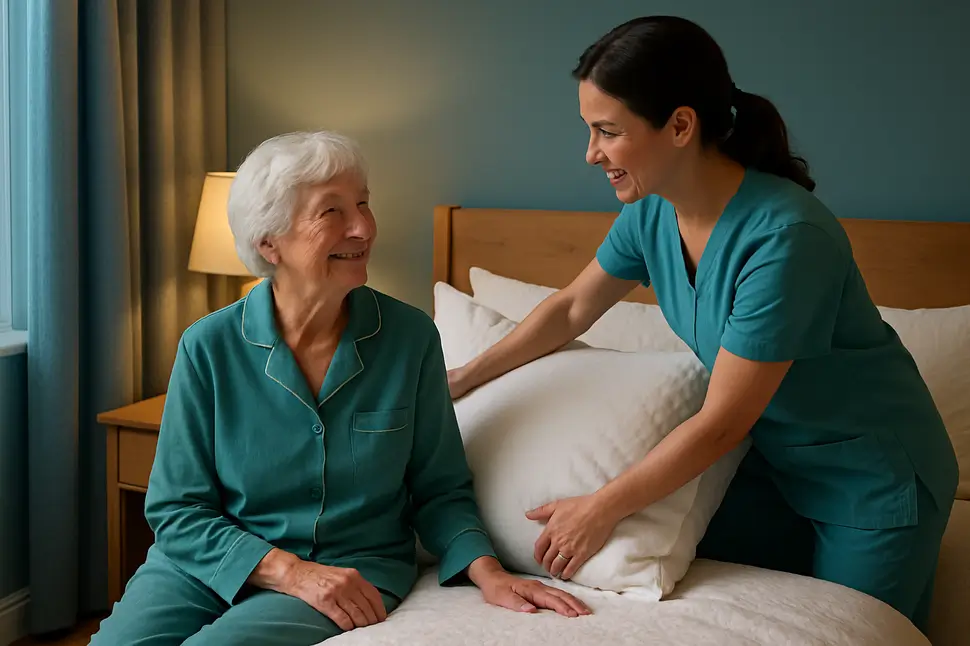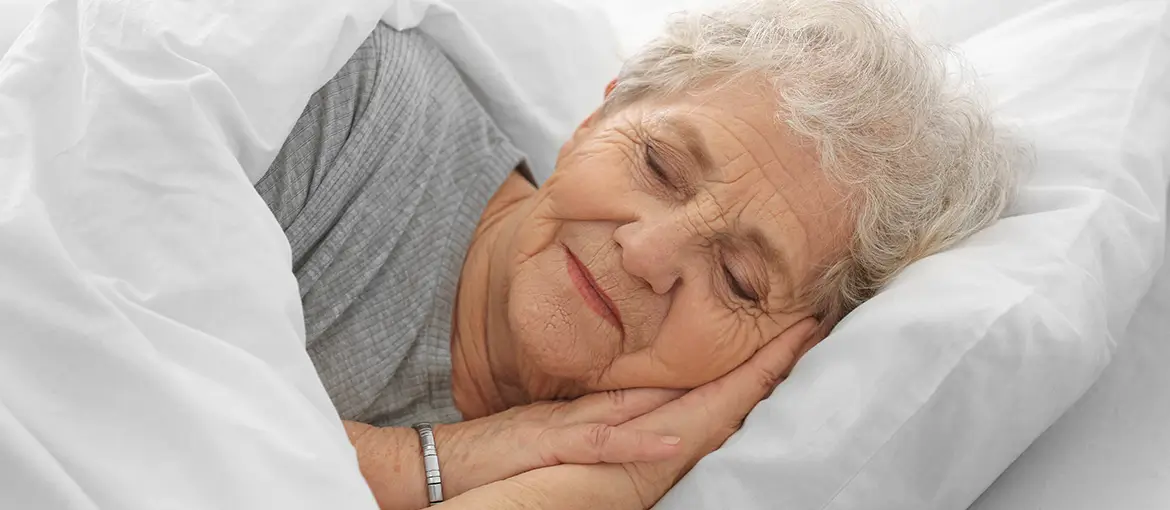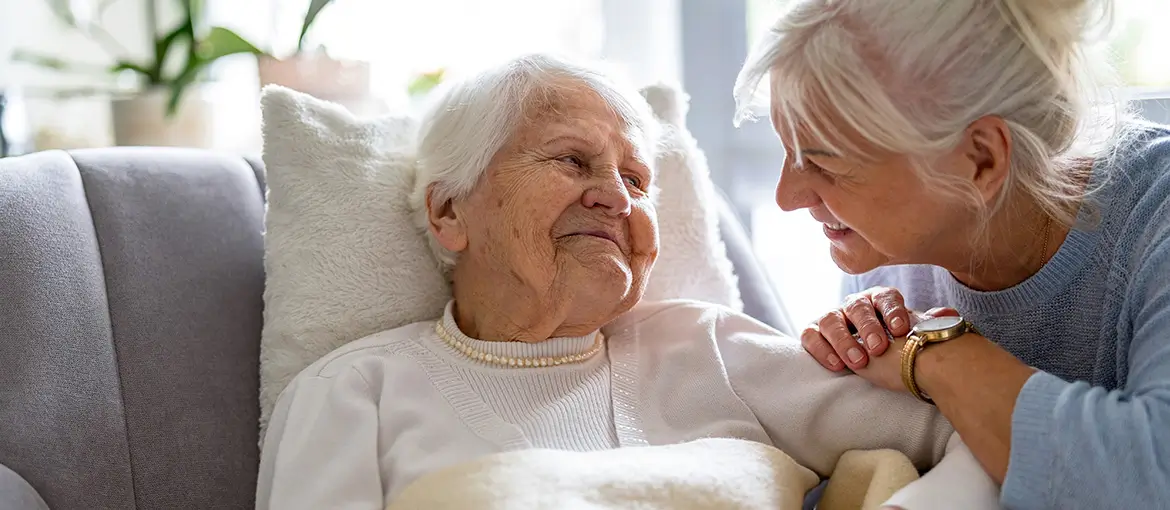Understanding Male Incontinence: The Basics
Male urinary incontinence affects millions of men worldwide, impacting their daily lives and emotional wellbeing. This involuntary leakage of urine can occur at any age, though it becomes more common as men get older. Understanding the condition is crucial for proper management and treatment. Whether you’re experiencing occasional leaks or more frequent episodes, know that effective solutions exist and you’re not alone in this journey.
Common Types and Causes of Male Incontinence
Male urinary incontinence can appear in different forms, each with its own causes, symptoms, and treatment approaches. Recognizing the type of incontinence you’re experiencing is the first step toward finding effective control and long-term relief.
1. Stress Incontinence
What it is:
Stress incontinence occurs when physical movement or pressure on the bladder causes urine to leak. It’s not related to emotional stress — rather, it’s about physical strain on weakened muscles that support the bladder and urethra.
Common triggers:
- Coughing, sneezing, or laughing
- Lifting heavy objects
- Exercise or sudden movement
- Post-prostate surgery (prostatectomy)
Why it happens:
This type of leakage usually develops when the pelvic floor muscles or urinary sphincter have been weakened — often after prostate surgery, due to aging, or from chronic coughing or obesity.
Management tips:
Pelvic floor (Kegel) exercises, maintaining a healthy weight, and using external devices like male incontinence clamps can help provide immediate control and prevent leaks during physical activity.
2. Urge Incontinence (Overactive Bladder)
What it is:
Urge incontinence — also known as overactive bladder (OAB) — involves a sudden, intense need to urinate followed by involuntary leakage before reaching the restroom.
Common symptoms:
- Frequent urination, even at night (nocturia)
- Sudden, uncontrollable urges to urinate
- Leaking small to moderate amounts unexpectedly
Why it happens:
This condition results from overactive bladder muscles or misfiring nerve signals between the brain and bladder. It can be caused by bladder irritation, nerve damage, or medical conditions such as diabetes, Parkinson’s disease, or stroke.
Management tips:
Bladder training, timed voiding schedules, and reducing bladder irritants (like caffeine and alcohol) can help. For persistent symptoms, medications that relax bladder muscles may be recommended.
3. Mixed Incontinence
What it is:
Mixed incontinence means you experience both stress and urge symptoms — leakage from physical pressure and sudden urges to urinate. This combination is common, especially after prostate surgery or in older adults.
Why it happens:
Typically caused by a combination of muscle weakness and overactive bladder signals, it can result from aging, nerve damage, or prostate-related treatments.
Management tips:
A dual approach works best:
- Strengthen pelvic muscles through regular exercises.
- Use bladder training and medication to control urgency.
- Track triggers in a bladder diary to help your healthcare provider tailor treatment.
4. Overflow Incontinence
What it is:
Overflow incontinence occurs when the bladder doesn’t empty completely, leading to constant dribbling or a feeling of pressure.
Common symptoms:
- Weak or interrupted urine stream
- Dribbling after urination
- Feeling like the bladder never fully empties
Why it happens:
It’s often caused by blockages (such as an enlarged prostate or urethral stricture) or nerve damage that prevents proper bladder emptying. Some men with diabetes or spinal injuries may also experience this form of incontinence.
Management tips:
Treatment focuses on relieving the obstruction or improving bladder emptying. This may involve medication, catheter use, or minor procedures depending on the cause.
5. Functional Incontinence
What it is:
Functional incontinence happens when a person’s bladder function is normal, but physical or cognitive challenges make it hard to reach the toilet in time.
Common causes:
- Limited mobility due to injury or arthritis
- Cognitive conditions such as dementia or Alzheimer’s disease
- Side effects of certain medications
Management tips:
Improving accessibility — such as using bedside commodes, urinals, or toilet safety rails — and establishing a consistent bathroom schedule can help prevent accidents.
Understanding Your Type = Better Treatment
Each type of male incontinence has distinct triggers and treatments, which is why accurate diagnosis matters. Your doctor may recommend tests such as a bladder scan or urodynamic study to identify the cause. Once the type is confirmed, a personalized plan combining lifestyle adjustments, pelvic floor training, and medical interventions can help you regain control.
Remember: You’re not alone, and effective solutions exist for every type of incontinence — from mild leakage to more persistent symptoms.
Primary Causes of Male Incontinence
Male urinary incontinence isn’t a single condition—it’s a symptom with multiple possible causes. Understanding what’s behind your bladder leakage is key to finding the most effective treatment. Below are the most common causes explained in detail, along with tips on prevention and management.
1. Prostate Problems
The prostate gland plays a central role in male urinary control, sitting just below the bladder and surrounding the urethra. Any issue that affects the prostate can disrupt this system and cause leakage.
- Enlarged Prostate (Benign Prostatic Hyperplasia, BPH):
As men age, the prostate often grows larger, pressing on the bladder and narrowing the urethra. This can lead to frequent urges to urinate, weak urine flow, and incomplete bladder emptying—symptoms that can progress to incontinence if untreated.
Tip: Medications or minimally invasive procedures can help shrink or relax the prostate to restore normal flow. - Prostate Surgery or Cancer Treatment:
Surgical removal of the prostate (prostatectomy) or radiation therapy can temporarily or permanently weaken the urinary sphincter, the muscle that controls urine release. This often results in stress incontinence, particularly when coughing, sneezing, or exercising.
Tip: Pelvic floor exercises (Kegels) are highly recommended post-surgery to strengthen bladder control.
2. Neurological Conditions
The brain, spinal cord, and nerves coordinate bladder function. When these pathways are disrupted by a neurological disorder, the bladder may not receive the proper signals to hold or release urine at the right time.
- Stroke: Damage to brain regions responsible for bladder control can cause urgency or an inability to recognize when it’s time to urinate.
- Multiple Sclerosis (MS): MS damages nerve fibers, leading to unpredictable bladder contractions or difficulty emptying the bladder fully.
- Parkinson’s Disease: Slower muscle responses and weakened coordination make it harder to control urination.
- Spinal Cord Injuries: Depending on the level of injury, men may experience total loss of bladder sensation or involuntary contractions (neurogenic bladder).
Tip: Managing fluid intake, using bladder training techniques, and working with a urologist specializing in neurogenic bladder can greatly improve control.
3. Age-Related Changes
As men get older, natural physical changes can make bladder control more difficult, even without major medical conditions.
- Weakened Pelvic Floor Muscles: Over time, these muscles lose strength and elasticity, making it harder to prevent leaks—especially during physical exertion.
- Reduced Bladder Capacity: The bladder may not hold as much urine, causing more frequent trips to the bathroom.
- Decreased Bladder Sensitivity: Older adults may not feel the urge to urinate until it’s too late.
Tip: Regular pelvic floor exercises, maintaining a healthy weight, and staying physically active can help counteract age-related bladder weakness.
4. Lifestyle Factors
Certain habits can directly or indirectly worsen bladder control. The good news is that these are modifiable causes—meaning you can take action to improve them.
- Obesity: Extra body weight puts constant pressure on the bladder, increasing the likelihood of leaks during movement.
- Smoking: Chronic coughing from smoking can weaken pelvic muscles, while nicotine acts as a bladder irritant.
- Excessive Alcohol and Caffeine: Both substances increase urine production and irritate the bladder lining, leading to urgency and accidents.
- Poor Hydration Habits: Drinking too little water can make urine more concentrated, irritating the bladder and worsening urgency.
Tip: Small changes—like quitting smoking, moderating caffeine, and losing even a few pounds—can significantly reduce leakage episodes.
5. Medical Conditions
Several common health issues can either cause or aggravate male incontinence.
- Diabetes: High blood sugar damages nerves that control the bladder, while increased urine production leads to more frequent bathroom trips.
- Urinary Tract Infections (UTIs): UTIs cause irritation, burning, and strong urges to urinate, which can mimic or worsen incontinence.
- Bladder Stones or Obstructions: These block urine flow, leading to overflow incontinence or dribbling after urination.
- Chronic Coughing or Constipation: Both conditions put repeated strain on the pelvic floor muscles, weakening control over time.
Tip: Managing underlying health conditions with your doctor can often improve or even eliminate incontinence symptoms.
Understanding Your Cause = Better Control
Identifying the root cause of your incontinence is the first and most important step toward effective treatment. A healthcare provider may perform tests such as urine analysis, bladder scans, or urodynamic studies to pinpoint the issue. Once the cause is clear, your doctor can design a personalized plan—ranging from lifestyle changes and exercises to targeted medical treatments.
Remember: male incontinence is not an inevitable part of aging. With the right knowledge and care, most men can regain control, comfort, and confidence in their daily lives.
Treatment Options and Management Strategies
Treating male incontinence effectively starts with understanding that there isn’t a one-size-fits-all solution. The right approach depends on the type and severity of your condition, your overall health, and your daily lifestyle. Fortunately, a combination of conservative techniques, medical treatments, and supportive products can dramatically improve bladder control and confidence.
1. Conservative (Non-Surgical) Treatments
These are often the first line of defense and can bring meaningful improvement when practiced consistently.
Pelvic Floor Exercises (Kegels for Men)
Kegel exercises strengthen the muscles that control urination. By tightening and holding the pelvic muscles for a few seconds at a time, men can gradually regain better bladder control. Consistent practice—just a few minutes a day—can reduce leaks caused by coughing, lifting, or sneezing. If you’re unsure how to locate the right muscles, a physical therapist specializing in pelvic health can provide guidance.
Bladder Training Techniques
Bladder training helps increase the amount of urine your bladder can hold and teaches you to delay urination. This involves gradually lengthening the time between bathroom visits and using relaxation techniques to suppress sudden urges. Over time, it helps retrain your bladder to respond appropriately.
Lifestyle Modifications
Simple daily changes can make a big difference:
- Maintain a healthy weight: Extra abdominal pressure can worsen leakage.
- Quit smoking: Chronic coughing irritates the bladder.
- Reduce caffeine and alcohol intake: Both act as bladder stimulants.
- Stay hydrated wisely: Don’t over-restrict fluids—dehydration can irritate the bladder lining.
Fluid Management
Spacing out fluid intake throughout the day and limiting consumption in the evening can prevent nighttime urination (nocturia). Avoid bladder irritants like carbonated beverages and citrus juices.
2. Medical Interventions
When conservative measures aren’t enough, healthcare providers may recommend targeted medical options.
Medications
Several prescription drugs can help control bladder muscle contractions or reduce inflammation:
- Anticholinergics calm an overactive bladder.
- Alpha-blockers relax muscles near the bladder neck and prostate, improving urine flow.
- Hormone therapy may help men with post-prostate-surgery symptoms.
Your doctor will determine the best option based on your incontinence type and medical history.
Minimally Invasive Procedures
For men who need extra support without major surgery, minimally invasive treatments can be very effective. Options include:
- Urethral bulking agents, which increase closure pressure.
- Penile clamps and compression devices, such as the Confidence Clamp, providing on-demand control during activities.
These solutions offer discreet, reversible management for those with stress incontinence.
Surgical Options
Surgery is generally reserved for severe or persistent cases. Common procedures include:
- Male Sling Procedure: A mesh sling is placed under the urethra to provide support and prevent leakage.
- Artificial Urinary Sphincter (AUS): A small device implanted under the skin that allows men to manually control urination.
While these solutions are more invasive, they can be life-changing for those who haven’t responded to other treatments.
3. Combining Strategies for the Best Results
Most men find that a combination of treatments provides the greatest benefit. For example, pelvic floor exercises paired with a penile clamp during physical activity can help manage leaks effectively. Tracking your progress through a bladder diary can also help your healthcare provider adjust your treatment plan over time.
Living Successfully with Incontinence
Many men successfully manage their condition through proper education and support. Learn more about common misconceptions in our article about male urinary incontinence myths.
Daily Management Tips
- Use appropriate incontinence products for your specific needs
- Maintain a bladder diary to identify triggers
- Plan bathroom breaks strategically
- Stay active while managing symptoms
For more practical advice, check our guide on dealing with incontinence in everyday situations.
Products and Solutions
Choosing the right products can significantly improve your quality of life. Consider these options:
- Absorbent Products: Specialized pads and guards
- External Devices: Penile clamps and compression devices
- Protective Underwear: Designed specifically for male anatomy
- Moisture-Wicking Materials: For skin health and comfort
Emotional Support and Coping Strategies
Managing the emotional aspects of incontinence is just as important as physical treatment. Consider these approaches:
- Join support groups or online communities
- Communicate openly with healthcare providers
- Maintain social connections and activities
- Practice stress management techniques
Conclusion
Male incontinence is a manageable condition with numerous treatment options and support resources available. By understanding your specific type of incontinence and working with healthcare providers, you can develop an effective management plan. Remember, successful treatment often combines multiple approaches, from lifestyle changes to medical interventions. Stay informed, proactive, and hopeful about managing your symptoms effectively.
Frequently Asked Questions
What causes male incontinence?
Male incontinence can be caused by various factors including prostate problems, neurological conditions, aging, obesity, and certain medications. Prostate surgery is a common cause, particularly for stress incontinence.
Can male incontinence be cured?
While some cases of male incontinence can be completely cured, others may require ongoing management. Success rates depend on the underlying cause and chosen treatment approach. Many men achieve significant improvement with proper treatment.
What is the best treatment for male incontinence?
The best treatment varies depending on the type and cause of incontinence. Options include pelvic floor exercises, lifestyle changes, medications, devices like the Confidence Clamp, and surgical interventions. A healthcare provider can help determine the most appropriate treatment plan.



